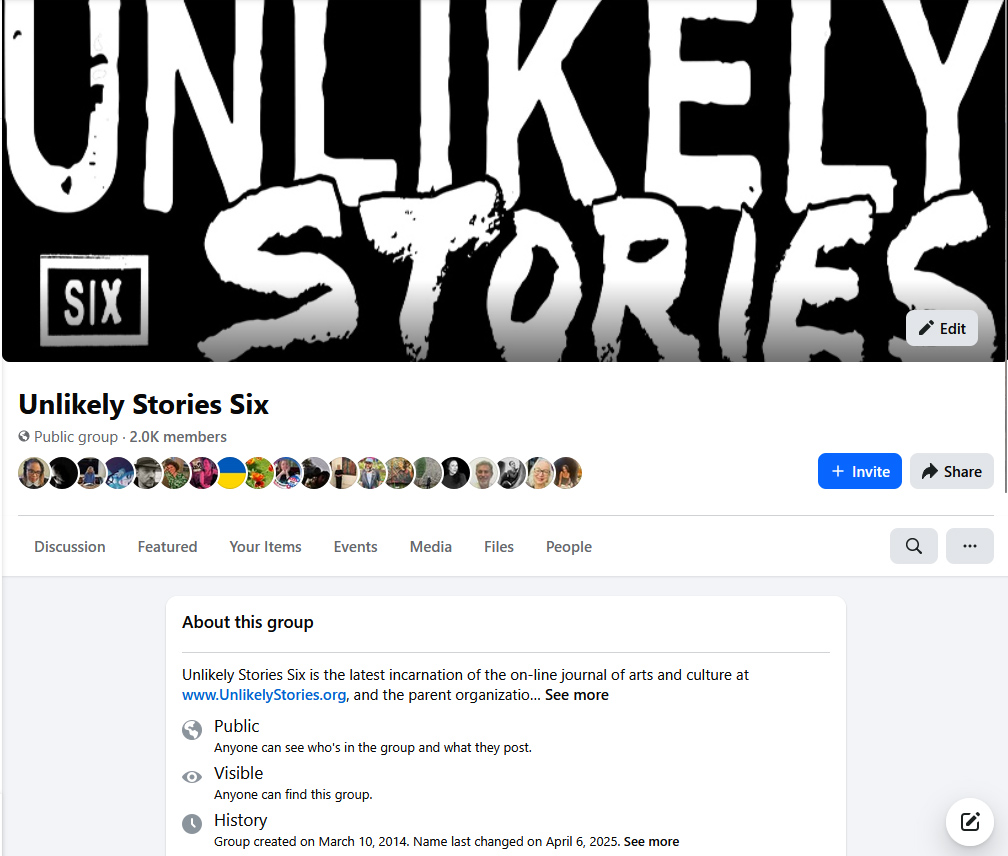In 1990, an equally improbable twist of fate made the probability puzzle called “The Monty Hall problem” into its own pop culture phenomenon when Marilyn vos Savant mentioned it in her column in Parade, the once-popular Sunday newspaper supplement. “Suppose you’re on a game show, and you’re given the choice of three doors. Behind one door is a car, behind the others, goats. You pick a door, say #1, and the host, who knows what’s behind the doors, opens another door, say #3, which has a goat. He says to you, ‘Do you want to pick door #2?’ Is it to your advantage to switch your choice of doors?”
I don’t have the space to explain why Marilyn was right when she said, “Yes; you should switch. The first door has a 1/3 chance of winning, but the second door has a 2/3 chance.” Type “Monty Hall Problem” into your search bar, and you’ll wind up with more explanations than you can handle. If you try it at home a few times with three overturned teacups and a set of car keys under one of them, you’ll see for yourself that switching cups nets you the keys twice as often as not switching. Regardless, it’s a neat mind twister designed to subvert our normal intuition that the two remaining choices are equally probable and therefore not worth switching. But I’m not recapping this episode to rehash an old riddle that I didn’t initially understand any better than most. Rather, I can’t quite get over how strange it is that a problem about probability and randomness could have grown out of such a random and contingent sequence of events in themselves.
Consider some facts: similarly structured problems had been around for decades without attracting much attention outside the realm of mathematical hobbyists. “Let’s Make A Deal” had never actually offered a deal of this kind, so there’s no reason why Steve Selvin, a professor of statistics at UC Berkeley, had to name it after the game show when he wrote about it in American Statistician in 1975.
Consider also: “Let’s Make A Deal” had been on TV since 1963, but had changed networks and time slots several times before it became a hit. Everything could have happened differently. This was something the former Monte Halparin understood intuitively, a poor boy from western Canada who spent his childhood lunch time, after school time and weekends making deliveries for his father’s butcher shop. “I weighed less than a hundred pounds and used to pile more than a hundred pounds of meat into a large carrier on the front of my bike,” he recalled. Sweating in summer heat, freezing in winter, when temperatures sometimes fell to forty below zero. “My nose ran, my eyes watered, my feet and fingers grew numb.” A few years later, denied admission to medical school three times because of secret Jewish quotas, he fought his way into the broadcasting business, first in Toronto then in New York. His biography describes the struggling young performer living in Toronto with his family on weekends, commuting to New York Monday through Friday to make the rounds of television producers. Brushed off, ignored, sometimes hanging around producers’ offices just for something to do. He endured many failures along the way: game show ideas that failed to sell, game shows that sold but failed to become hits and were cancelled. Have you ever heard of “Your First Impression?” Or “Twenty Steps To A Million?” “So much of this business is timing,” Hall once said. “You can impress the right people at the wrong time, and the wrong people at the right time. … One moment I was a star, the next moment a piece of dirt.” Let’s Make A Deal could have wound up another flop, a refuse pile of mine tailings from the entertainment world. Except: “As we practiced it on ourselves and others on our staff, we sensed that there ought to be a fair amount of excitement as the contestants proceeded through various stages. They always had to risk something to get something, maybe nothing.”





Add comment